Equipment
Bettinardi Kuchar Model 1 Putter: Editor Review
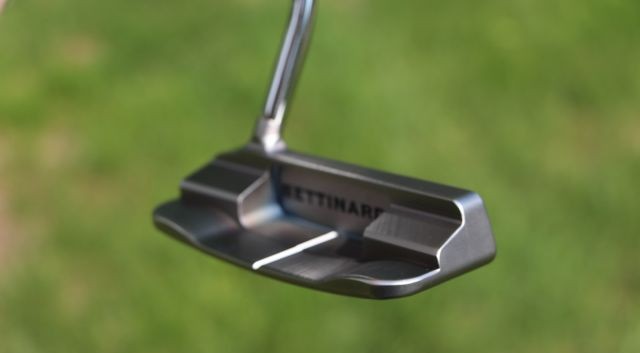
Pros: Very stable during the stroke, and unbelievably good looking at address. The F.I.T. Face feels soft, and the Pewter PVD finish is both beautiful and durable.
Cons: With arm lock putters, length is flexible. But golfers will need to make sure they custom fit the loft to putt their best.
Bottom Line: Users will gain a lot of confidence knowing that this putter was developed specifically for the arm lock putting style by the PGA Tour’s best arm lock putter, Matt Kuchar. At $375, it’s not cheap. But it’s a “must-have” for golfers who want the highest-quality arm lock putter.
Overview
Bettinardi’s Kuchar Model 1 putter was designed by … you guessed it, Bob Bettinardi and Matt Kuchar. According to Sam Bettinardi, vice president of sales and marketing at Bettinardi Golf, Kuchar started working with prototypes of the putter at the 2012 BMW Championship in September. He experimented with 15 different variations before deciding on what became the Model 1, which is the same model he used in victories at the 2013 WGC-Accenture Match Play Championship and the 2013 Memorial Tournament.
The Kuchar Model 1 is a face-balanced blade putter with a wide body. According to Bettinardi, the wider body adds to the putter’s heel/toe weighting, which makes the putter more stable during the stroke. It also has Bettinardi’s F.I.T. Face (Feel Impact Technology), a milling process that removes 55 percent of the face material for a softer feel at impact.
The entire putter is 100 percent milled from soft carbon steel at Bettinardi’s headquarters in Tinely Park, Ill., and has a Pewter PVD finish. It’s available in two different versions — arm lock and standard.
Above: The F.I.T. face of the Kuchar Model 1 putter is milled over Bettinardi’s Honeycomb finish to create a soft, solid feel at impact.
The Kuchar-style, or arm lock putter has a 2.5 shaft offset and 7 degrees of loft that Bettinardi says is necessary to “keep the ball from diving into the ground.” It’s sold with a standard length of 42 inches, a lie of 71 degree and a head weight of 400 grams.
The standard model (not reviewed) measures 35 inches, and has a 350-gram head with 3 degrees of loft. Like the arm lock, it has a 71-degree lie angle and costs $375.
That’s legal?
Arm lock putting isn’t for everyone. For a right-handed golfer, an arm lock putter is anchored on the left forearm, so golfers who use their right hand/wrist/arm to dominate their stroke will likely struggle with the putting style. But for golfers who dominate the stroke with their leading side, the arm lock putter makes sense. It’s also a natural for golfers who are reeling from the decision by golf’s ruling bodies to ban putters that are anchored to the chest and midsection in 2016.
The new rule, 14-1b, states that a golfer must not anchor the club, either “directly” or by use of an “anchor point.” Yes, technically the arm lock putting style anchors the putter grip against a golfer’s lead forearm, but the USGA doesn’t view it that way.
The reason for the loophole has to do with the fact that a golfer’s forearm is not a fixed axis point like a golfer’s midsection or chest. So even though the grip is “anchored” against the forearm, the forearm remains mobile, unlike the belly and long-putting methods that have static anchor points.
Performance
As a long-putter user who is trying to find a way to get a jump on the anchor ban, I was curious to test the Kuchar Model 1 arm lock. I did so against a short putter on a SAM PuttLab, and during several rounds on the course.
On SAM, I noticed that the path of the putter face was much more square-to-square than with my short putter, and it remained square for a longer period of time before and after impact. That resulted in much more directional consistency. On the course, the security of the arm-lock style eased my tension over short putts, and the stroke felt much more stable and repeatable.
To get the best results from a Kuchar Model 1 arm lock, the sole needs to rest reasonably flat on the ground at address.
My biggest problem with the Kuchar Model 1 was getting the putter to sit correctly at address. The lie angle was fine, but when I played the ball in the middle of my stance the putter had too little loft. That meant the back flange of the putter was raised too far off the ground. When I played the ball more forward in my stance, which added loft and lowered the back flange, my shoulders opened to the target and I had a tendency to pull my putts.
The solution for me was adding 2 degrees more loft to the putter. That gave the putter enough loft for me to play the ball in the center of my stance, and allowed me to use the same setup and mechanics as I would with a short putter. But because the arm-lock style stabilized the grip and positioned my hands much farther in front of the ball, my wrists stayed solid and my stroke had a straighter path with less face rotation.
Tips from Kuchar
According to Kuchar, the arm lock putting style works best when (right-handed) golfers dominate the stroke with their left arms. The best way to practice this, he says, is to take the right hand off the putter and hit putts with the left arm only.
Since Kuchar is 6-foot 4-inches tall, he uses a Model 1 arm lock that is 44.75 inches. That gives him what he considers to be the ideal length, with the grip resting about 2 inches below the crook of his elbow. While length isn’t as critical as loft or lie in the arm-lock style, golfers might want to look at adjusting the putter’s length based on their body type.
Kuchar also recommends a ball position that is in the center of the stance, which I found to be the most natural way to use the putter as well. Don’t be surprised, however, if a centered ball position requires a loft adjustment. Everyone’s arm length and posture are a little different, so the 7 degrees of loft and 71 degree lie angle that works perfectly for Kuchar may or may not work for you.
Looks and Feel
The strangest part of the Kuchar Model 1 arm lock putter is the 2.5 shaft offset, which Bettinardi says works with the added loft of the putter to launch the ball correctly at impact. While it’s a shock to the system at first, the offset looks a lot more natural once the putter is soled.
Once golfers get used to the offset, they’ll enjoy the putter’s clean, classic shape. They’ll probably also enjoy its Pewter PVD finish, which has hints of blue that blend beautifully with the blue paint fill on the sole and on the face. That theme is carried over on the grey 19-inch belly putter grip with blue letters, and on the head cover as well, which is white and blue.
Both the sole of the putter and head cover have designs that include Matt Kuchar’s signature. While most golfers will think it’s cool to play a club that receives an endorsement from one of the best golfers in the world, I can’t imagine that tour players or aspiring tour players who may be competing against Kuchar are wild about it.
They might change their tune (or switch head covers and buy lead tape) when they try the putter, however, because it’s one of the best-feeling 100 percent milled putters I’ve ever tested. Unlike other manufacturers, Bettinardi is not claiming that its F.I.T. Face does anything to enhance performance. But it certainly provides the soft, solid feel that the company says it does.
The Takeaway
Golfers will know pretty quickly if arm lock putters are right for them. All it takes is a few strokes on a practice putting green to find out if they’re on to something or not.
If they’re willing to give arm lock putting a try, they can’t go wrong with Bettinardi’s Kuchar Model 1, which is the most premium arm lock putter on the market. If they want a slightly different look, they can also try Bettinardi’s Kuchar Model 2 arm lock, which has the same specs but has a wider, rounder pear shape with a longer sightline that’s a little easier to aim.
If you buy one, don’t forget to spend the extra time and money to have the putter fit to you. It will enhance the consistency of your setup, alignment, stroke and ball roll. Most importantly, it will give you the confidence and peace of mind to hole more putts. Isn’t that why you decided to try the arm-lock style in the first place?
- LIKE60
- LEGIT9
- WOW2
- LOL1
- IDHT3
- FLOP1
- OB1
- SHANK2
Equipment
Why Rory McIlroy will likely use the new TaylorMade BRNR Mini Driver Copper at the RBC Heritage
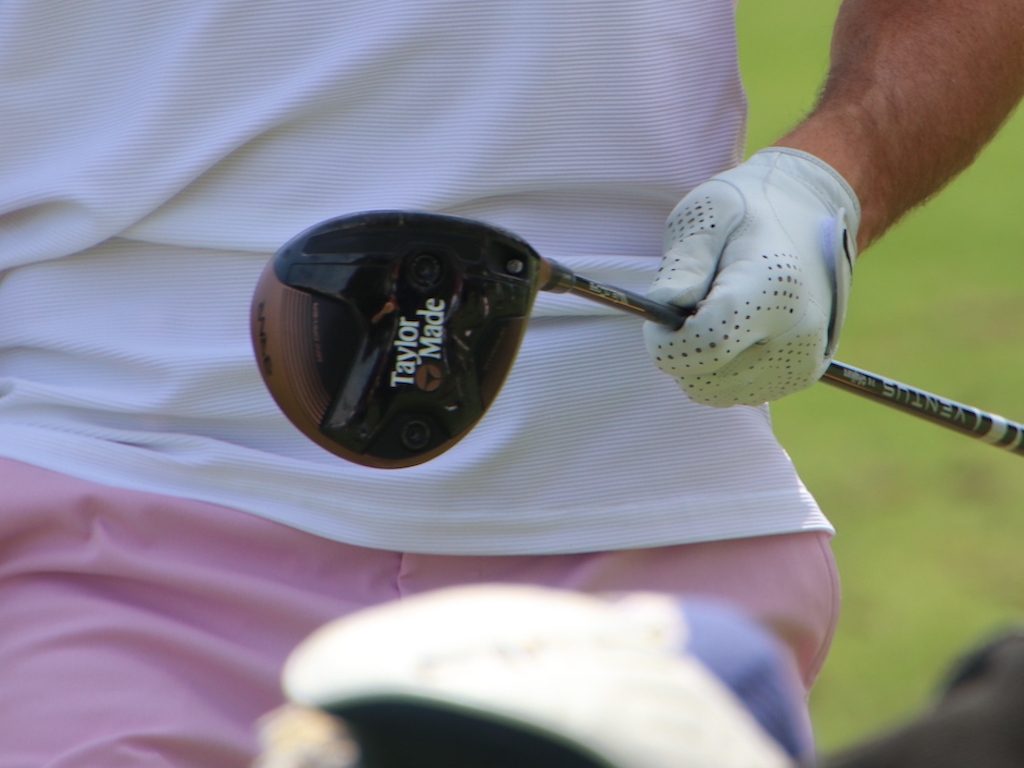
Although we spotted Rory McIlroy testing the new TaylorMade BRNR Mini Driver Copper last week during practice rounds at the Masters, he ultimately didn’t decide to use the club in competition.
It seems that will change this week at the 2024 RBC Heritage, played at the short-and-tight Harbour Town Golf Links in Hilton Head.
When asked on Wednesday following his morning Pro-Am if he’d be using the new, nostalgic BRNR Copper this week, McIlroy said, “I think so.”
“I like it,” McIlroy told GolfWRX.com on Tuesday regarding the BRNR. “This would be a good week for it.”
View this post on Instagram
According to Adrian Rietveld, the Senior Manager of Tour at TaylorMade, the BRNR Mini Driver can help McIlroy position himself properly off the tee at the tight layout.
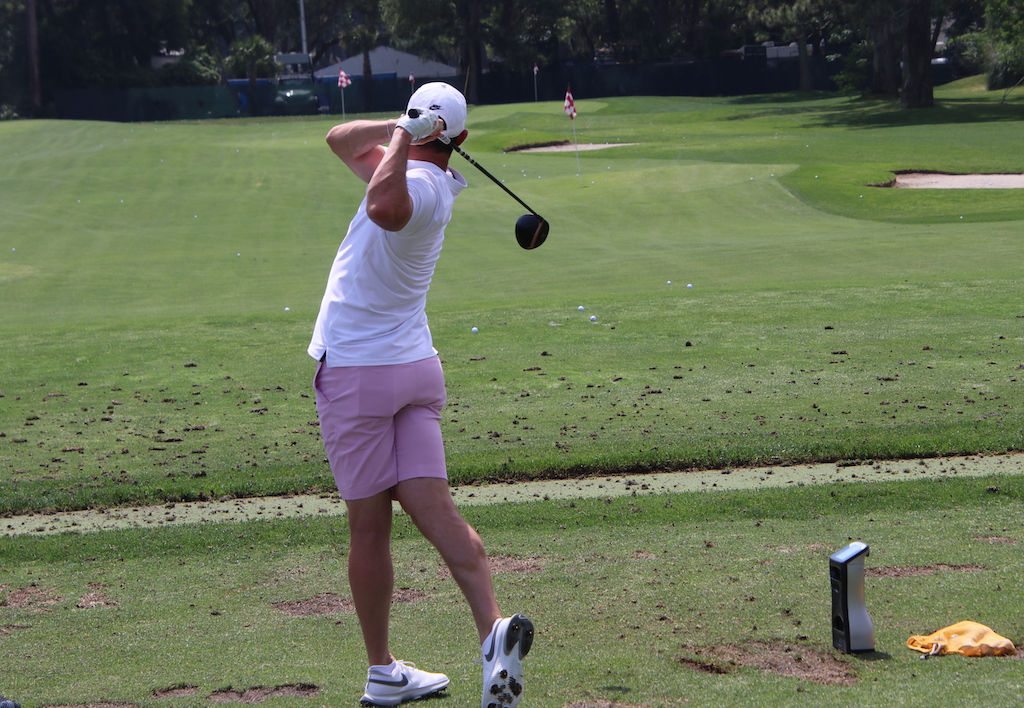
Here’s what Rietveld told GolfWRX.com on Wednesday:
“For someone like Rory, who’s that long at the top end of the bag, and then you put him on a course like Harbour Town, it’s tough off the tee. It’s tight into the greens, and you have to put yourself in position off the tee to have a shot into the green. It kind of reminds me of Valderrama in Spain, where you can be in the fairway and have no shot into the green.
“I’m caddying for Tommy [Fleetwood] this week, so I was walking the course last night and looking at a few things. There’s just such a small margin for error. You can be standing in the fairway at 300 yards and have a shot, but at 320 you don’t. So if you don’t hit a perfect shot, you could be stuck behind a tree. And then if you’re back at 280, it might be a really tough shot into the small greens.
“So for Rory [with the BRNR], it’s a nice course-specific golf club for him. He’s got both shots with it; he can move it right-to-left or left-to-right. And the main thing about this club has been the accuracy and the dispersion with it. I mean, it’s been amazing for Tommy.
“This was the first event Tommy used a BRNR last year, and I remember talking to him about it, and he said he couldn’t wait to play it at Augusta next year. And he just never took it out of the bag because he’s so comfortable with it, and hitting it off the deck.
“So you look at Rory, and you want to have the tools working to your advantage out here, and the driver could hand-cuff him a bit with all of the shots you’d have to manufacture.”
So, although McIlroy might not be making a permanent switch into the new TaylorMade BRNR Mini Driver Copper, he’s likely to switch into it this week.
His version is lofted at 13.5 degrees, and equipped with a Fujikura Ventus Black 7X shaft.
See more photos of Rory testing the BRNR Mini here
- LIKE18
- LEGIT1
- WOW0
- LOL1
- IDHT0
- FLOP0
- OB1
- SHANK3
Equipment
Spotted: TaylorMade P-UDI driving iron
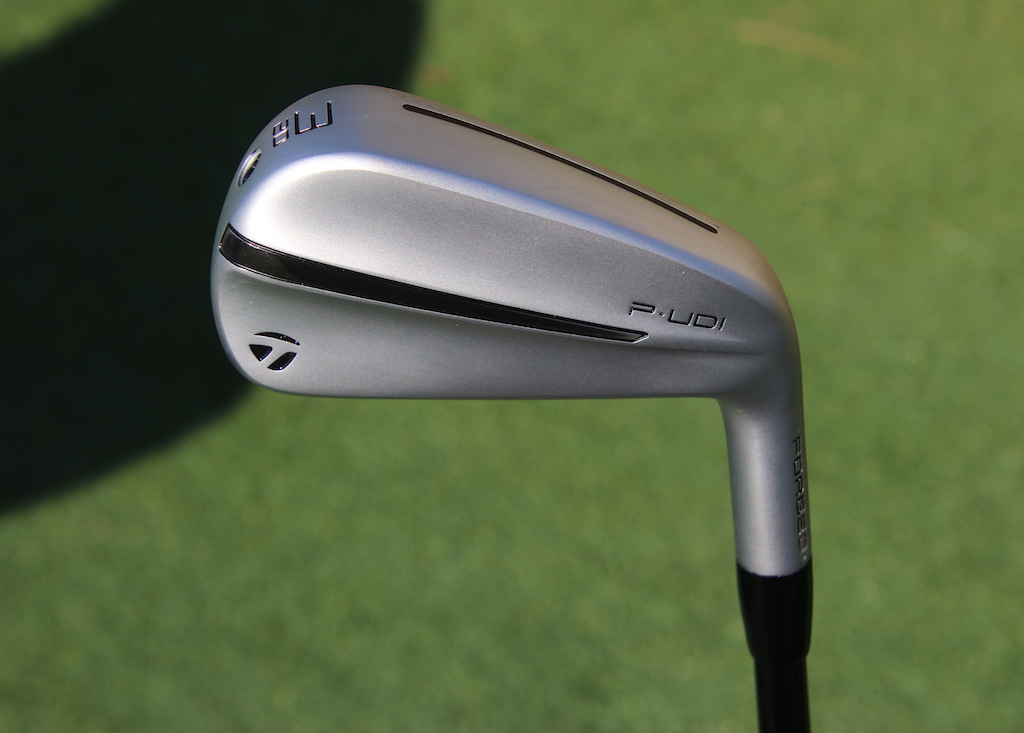
It seems like the RBC Heritage is full of new gear to be spotted, and you can add TaylorMade’s P-UDI utility irons to that list.
We spotted a 17-degree P-UDI 2-iron in Nick Dunlap’s bag yesterday, and now have some photos of both the 3- and 4-irons. Nick has his P-UDI 2-iron setup with a Project X HZRDUS Black 4th Gen 105g TX shaft.
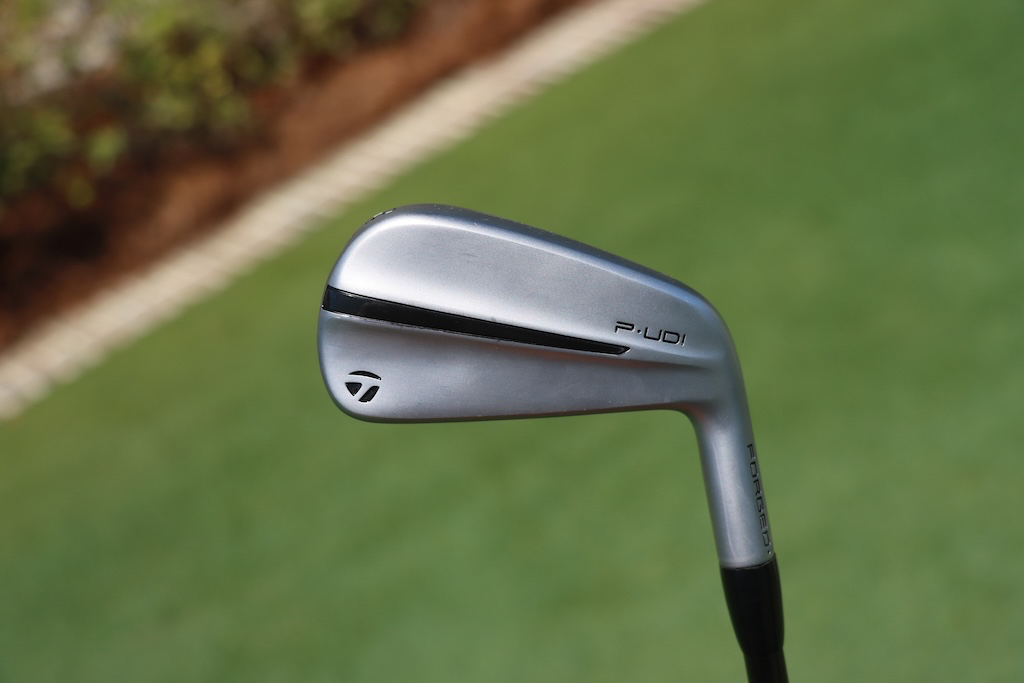
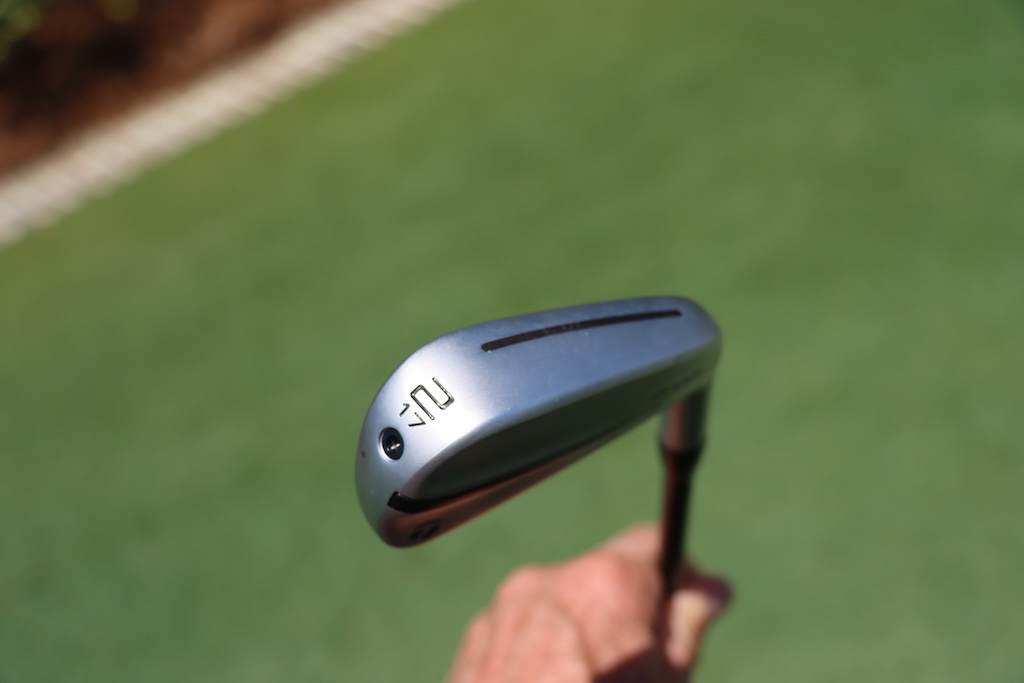
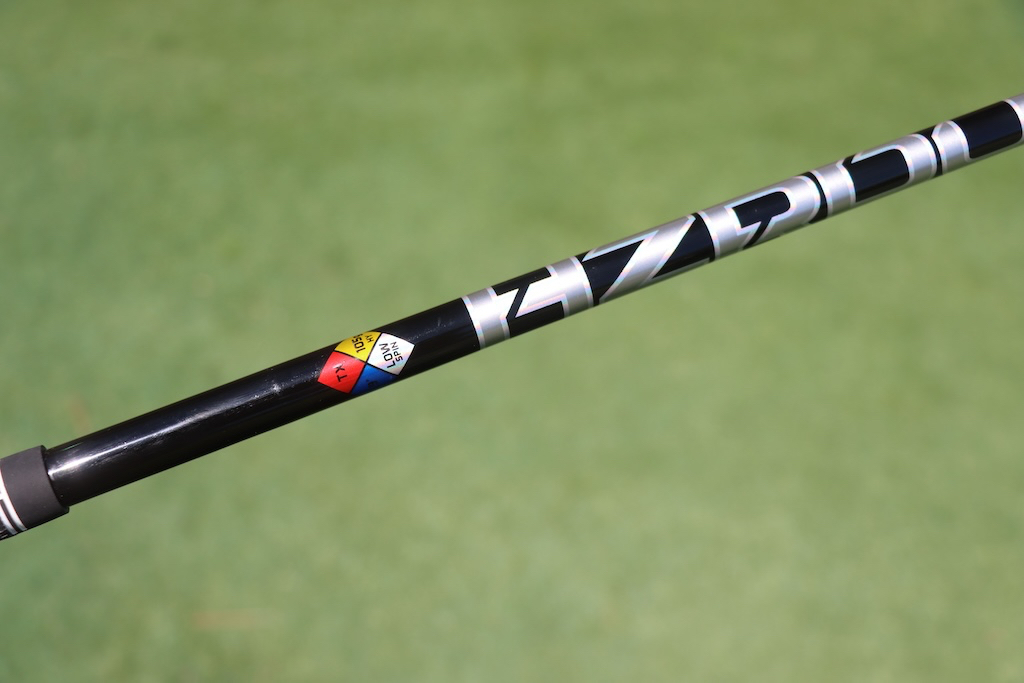
From what we can tell, this new P-UDI utility iron looks to have some of the usual TaylorMade technology as we can see the Speed Slot on the sole of the club for additional face flexibility. A toe screw is usually used to close off the hollow body design that will probably be filled with a version of TaylorMade’s Speed Foam that is present in the current iron lineup. This hollow body, foam-filled design should offer additional ball speed, soft feel, and sound, as well as an optimized CG for ball flight.
“Forged” is etched into the hosel, so we can assume that either the face, body, or both are forged for a soft and responsive feel. The club looks good from behind and at address, where we can see just a little offset and a topline that I would consider medium thickness. We don’t have the full details on what is under the hood or how many loft options will be available yet.
TaylorMade P-UDI 3-iron – 20°
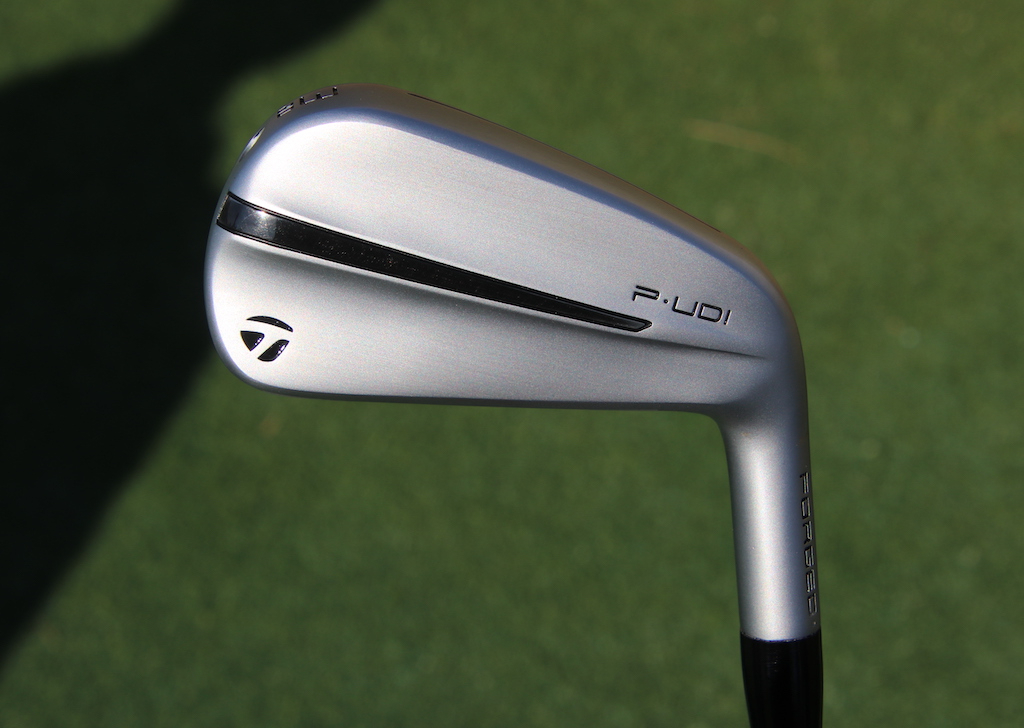
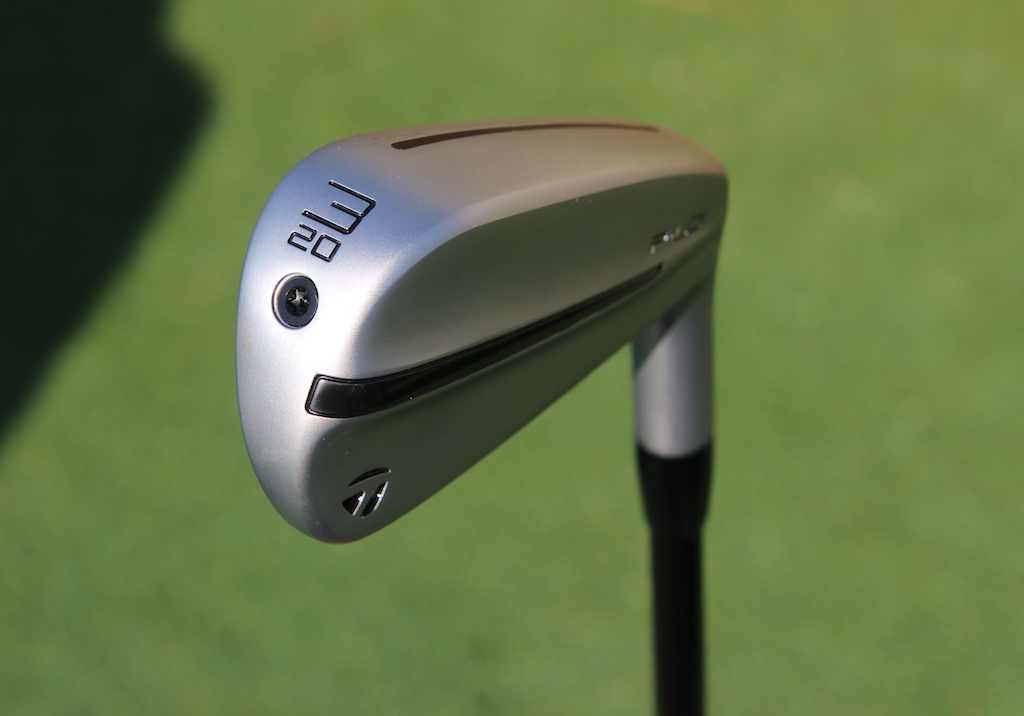
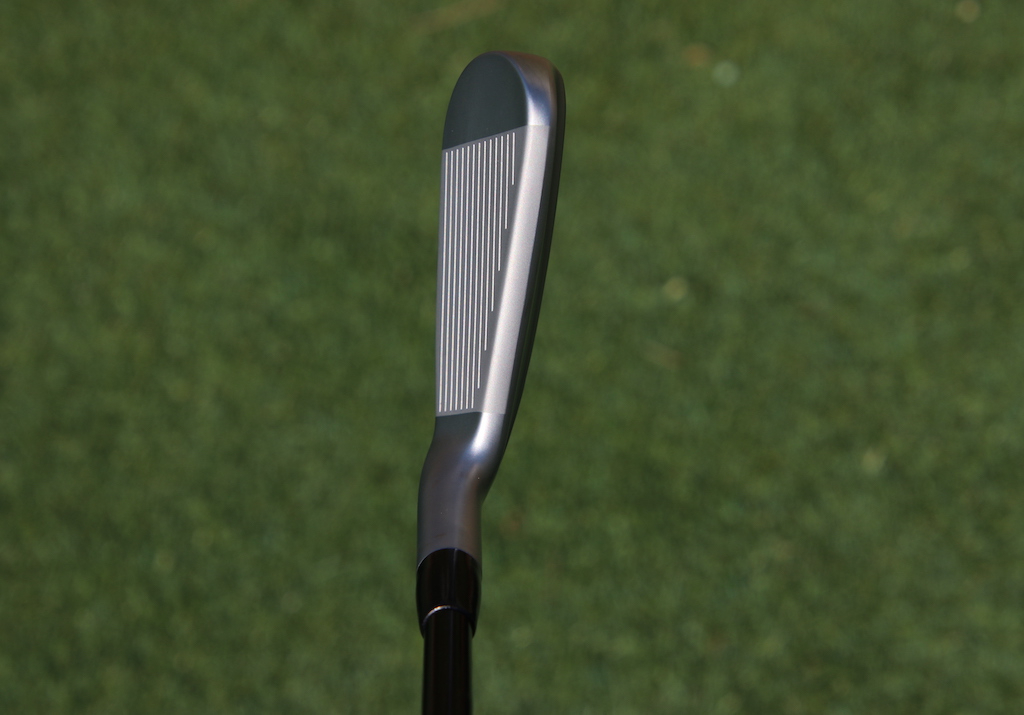
TaylorMade P-UDI 4-iron – 22°
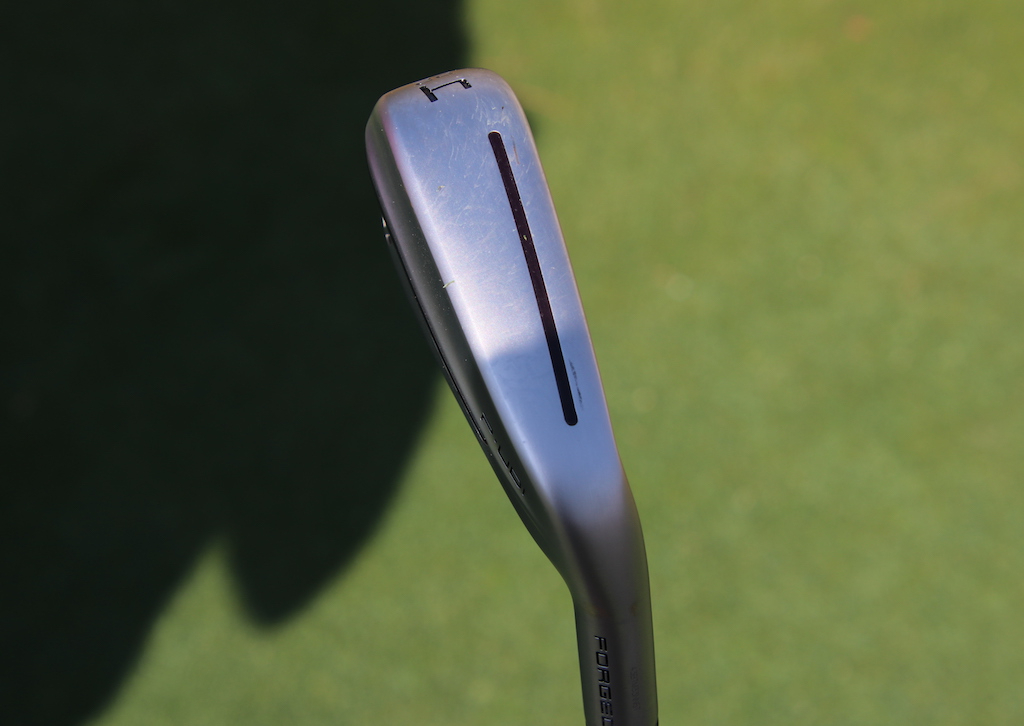
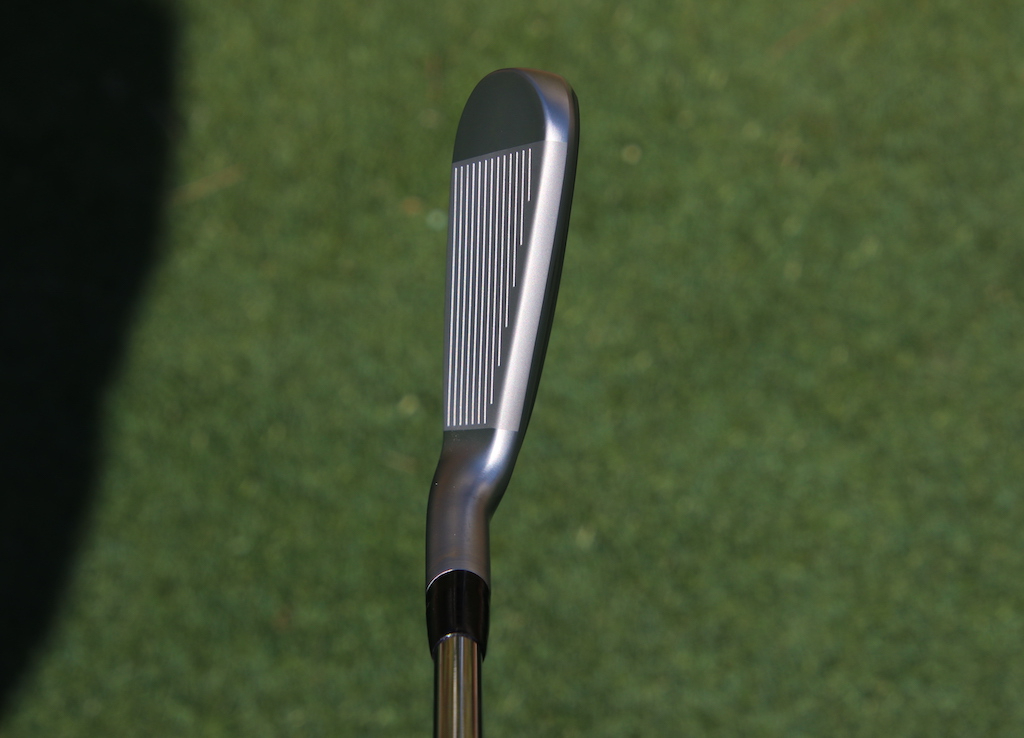
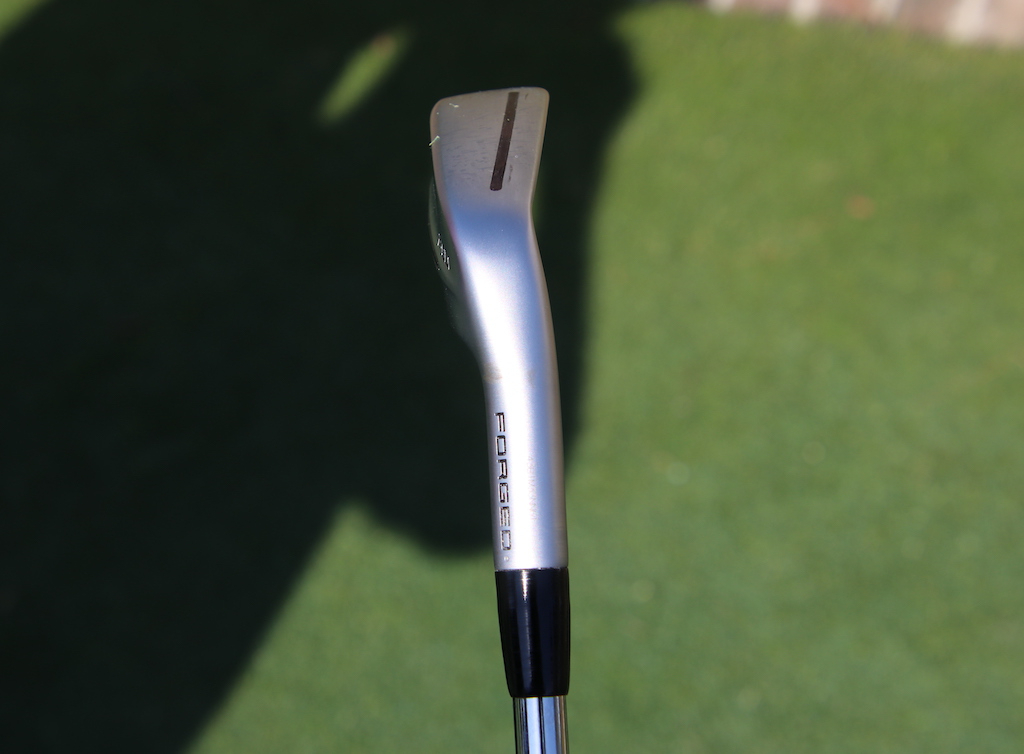
- Check out the rest of our photos from the 2024 RBC Heritage
- LIKE12
- LEGIT1
- WOW3
- LOL0
- IDHT0
- FLOP1
- OB0
- SHANK1
Whats in the Bag
Collin Morikawa WITB 2024 (April)
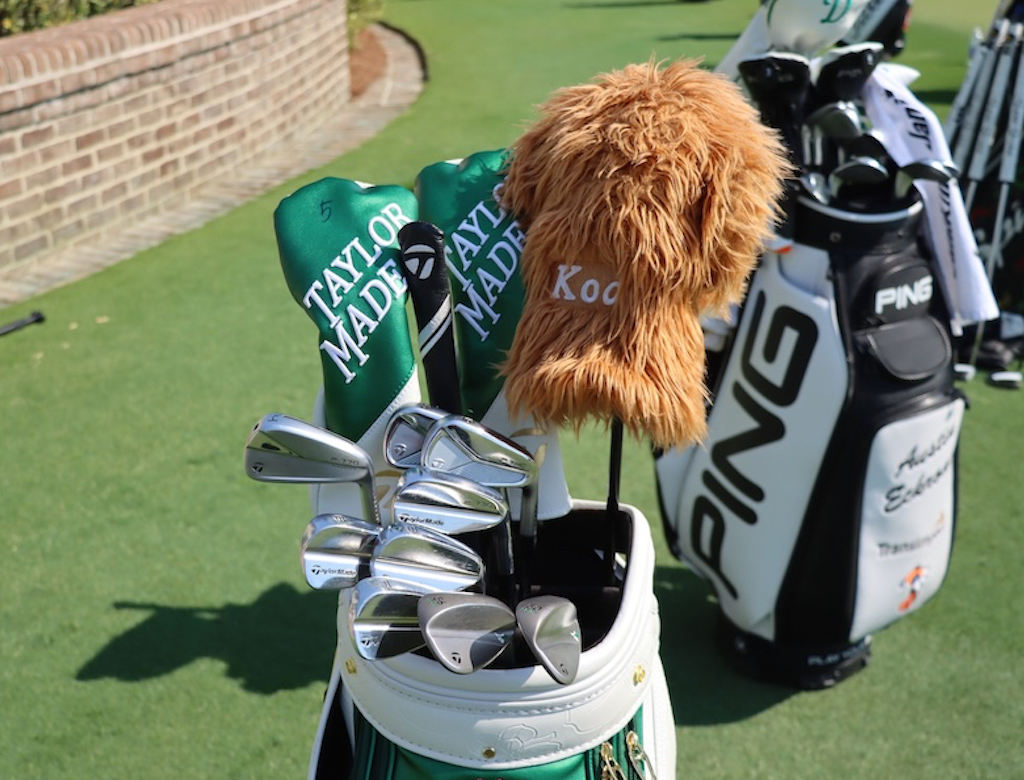
- Collin Morikawa what’s in the bag accurate as of the RBC Heritage. More photos from the event here.
Driver: TaylorMade Qi10 LS (9 degrees)
Shaft: Mitsubishi Diamana D+ Limited 60 TX (45 inches)
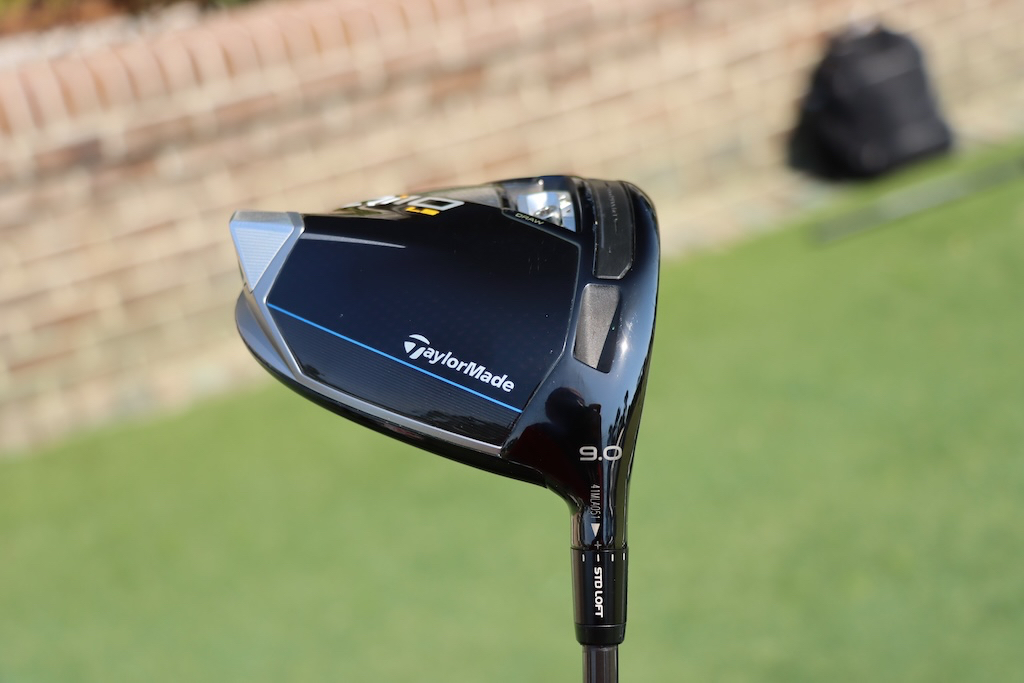
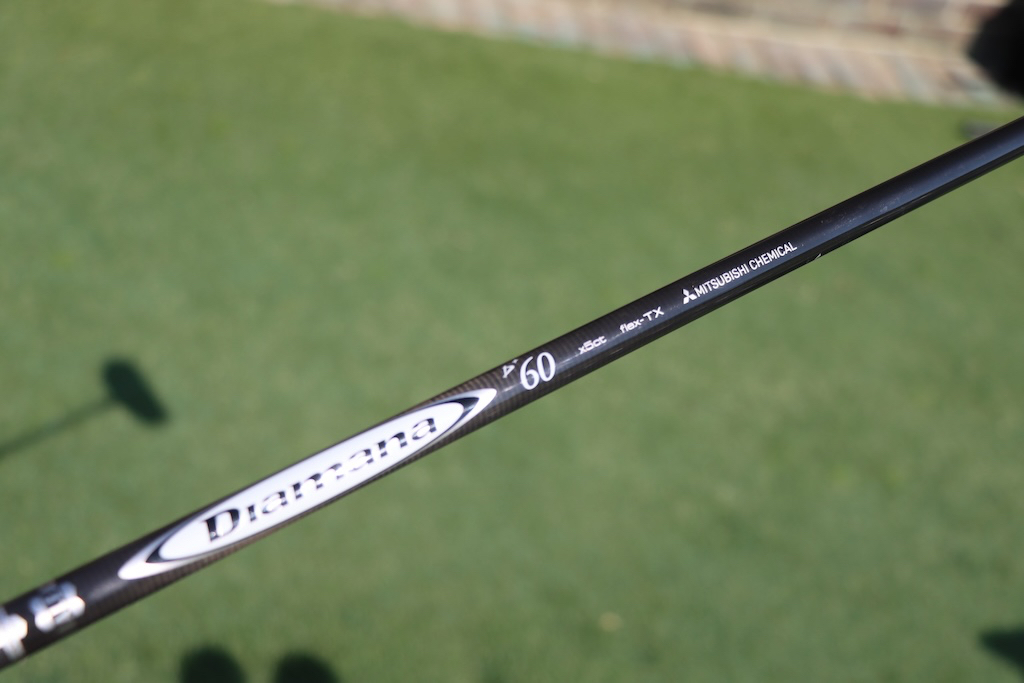
3-wood: TaylorMade Qi10 (13.5 degrees)
Shaft: Mitsubishi Diamana D+ Limited 80 TX
5-wood: TaylorMade Qi10 (18 degrees)
Shaft: Mitsubishi Diamana D+ Limited 80 TX
Irons: TaylorMade P770 (4), P7MC (5-6), P730 (7-PW)
Shafts: True Temper Dynamic Gold Tour Issue Mid 115 X100 (4-6), True Temper Dynamic Gold Tour Issue X100 (7-PW)
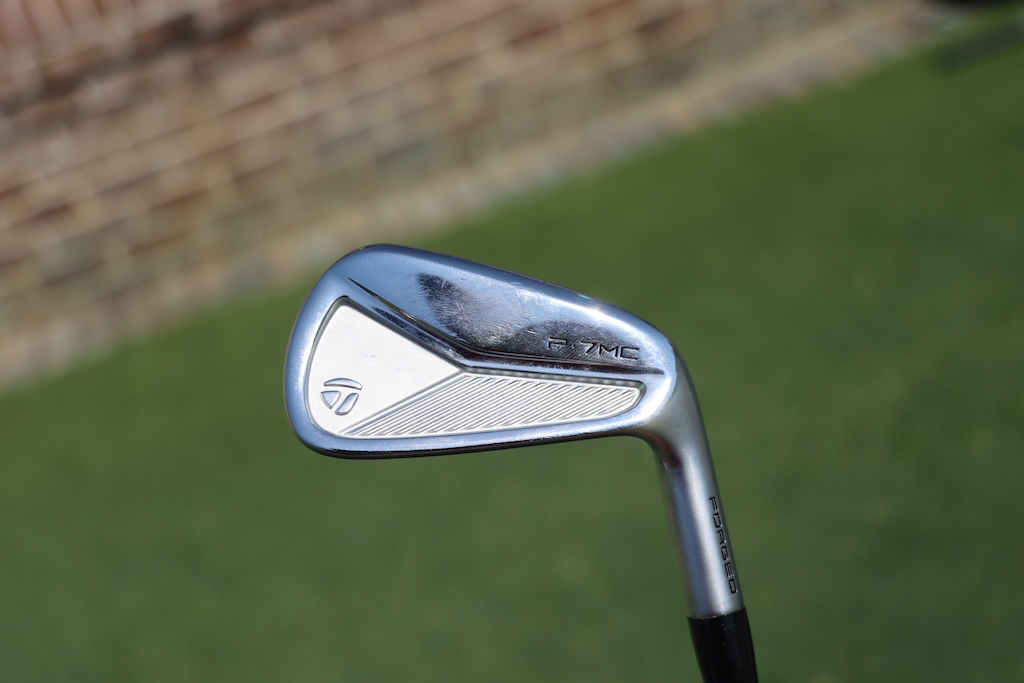
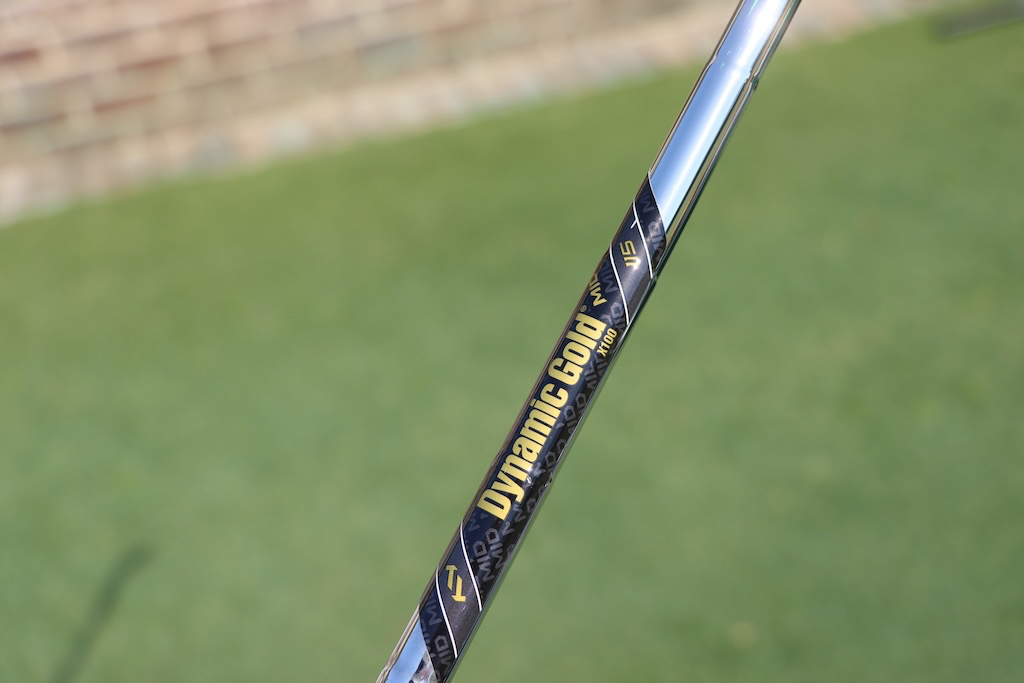
Wedges: TaylorMade MG4 (50-SB09, 56-LB08), TaylorMade MG4 TW (60-TW11)
Shafts: True Temper Dynamic Gold Tour Issue S400
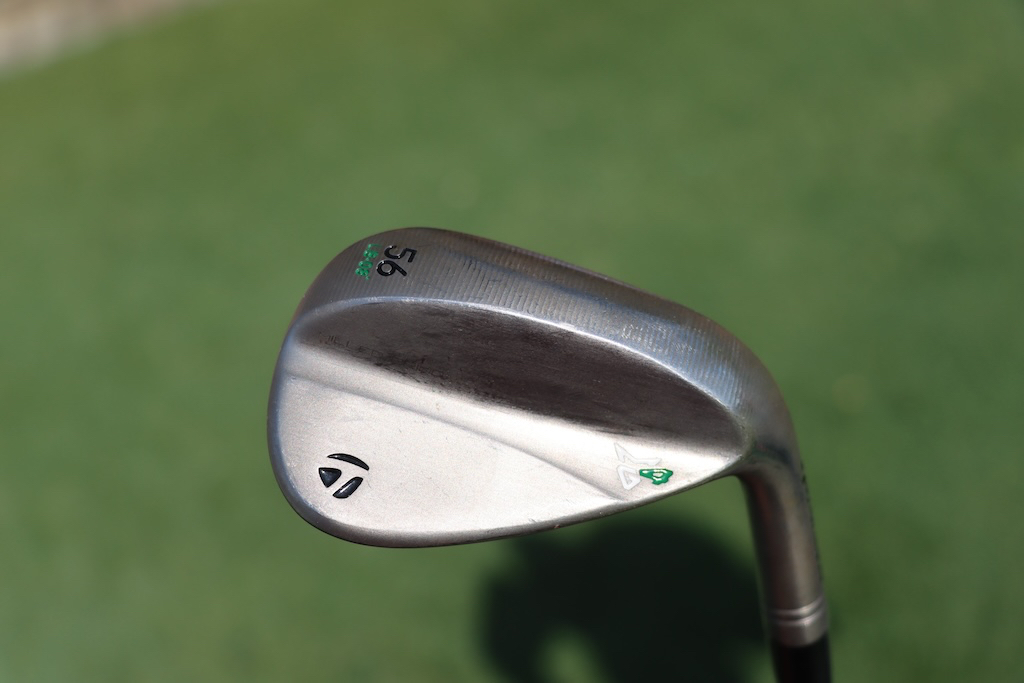
Putter: TaylorMade TP Soto
Grip: SuperStroke Zenergy Tour 2.0
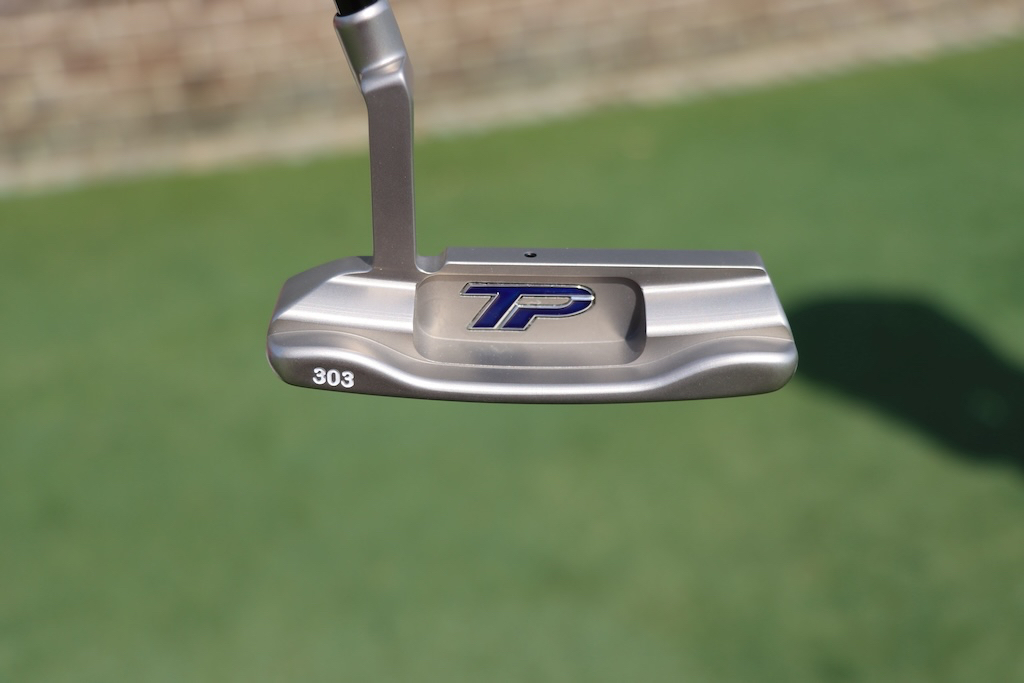
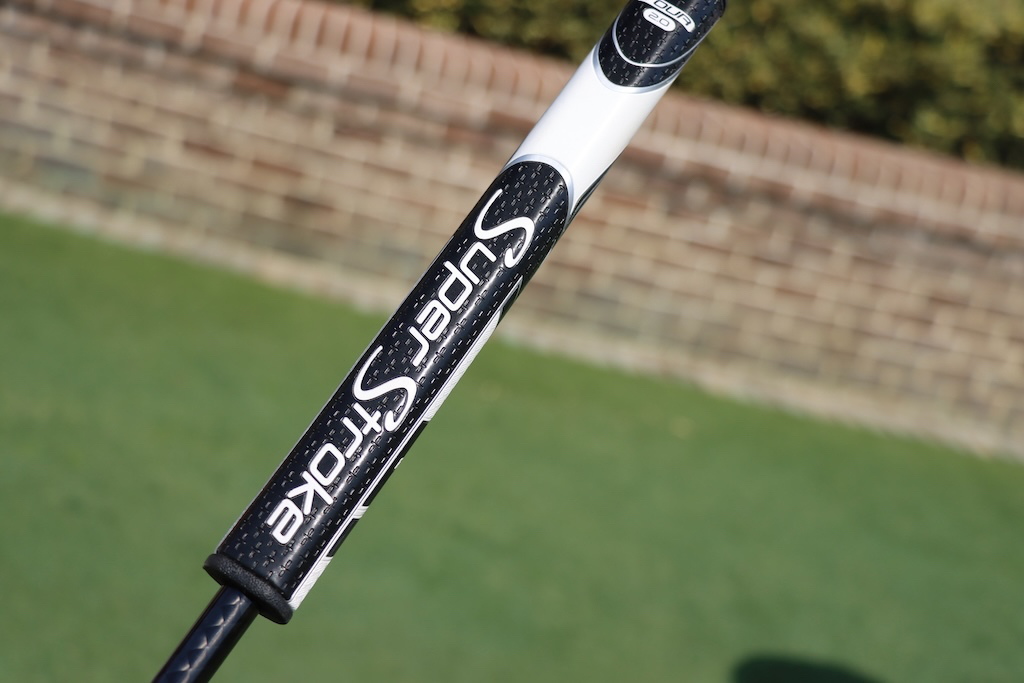
Grips: Golf Pride Z-Grip Cord
Ball: TaylorMade TP5x
- LIKE4
- LEGIT0
- WOW1
- LOL0
- IDHT0
- FLOP0
- OB0
- SHANK1
-

 19th Hole1 week ago
19th Hole1 week agoDave Portnoy places monstrous outright bet for the 2024 Masters
-

 19th Hole2 weeks ago
19th Hole2 weeks agoThings got heated at the Houston Open between Tony Finau and Alejandro Tosti. Here’s why
-

 19th Hole1 week ago
19th Hole1 week agoTiger Woods arrives at 2024 Masters equipped with a putter that may surprise you
-

 19th Hole2 weeks ago
19th Hole2 weeks agoReport: Tiger Woods has ‘eliminated sex’ in preparation for the 2024 Masters
-

 19th Hole3 days ago
19th Hole3 days agoTwo star names reportedly blanked Jon Rahm all week at the Masters
-

 19th Hole3 days ago
19th Hole3 days agoNeal Shipley presser ends in awkward fashion after reporter claims Tiger handed him note on 8th fairway
-

 19th Hole2 weeks ago
19th Hole2 weeks agoAddiction, spinal fusion, and scam artists – Everything Anthony Kim revealed in candid interview with David Feherty
-

 19th Hole2 weeks ago
19th Hole2 weeks agoAnthony Kim says doctors told him that he ‘may not have much time left’ ahead of LIV return

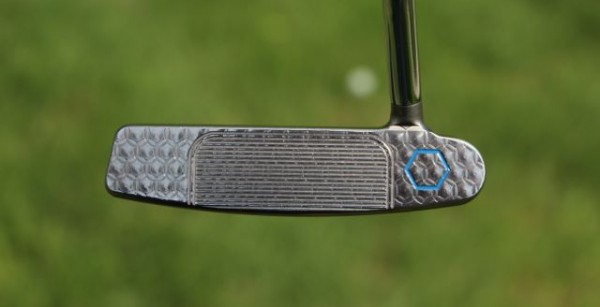
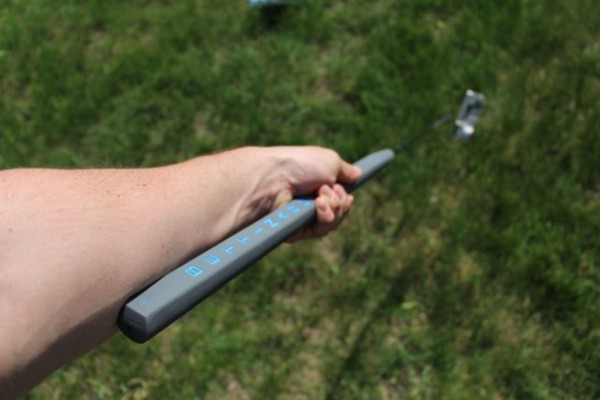
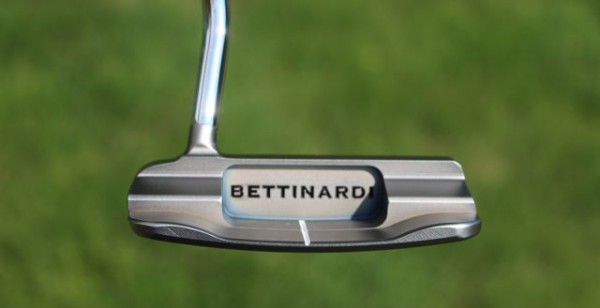
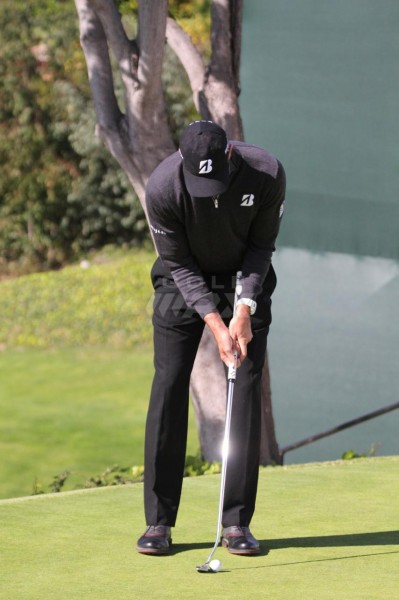
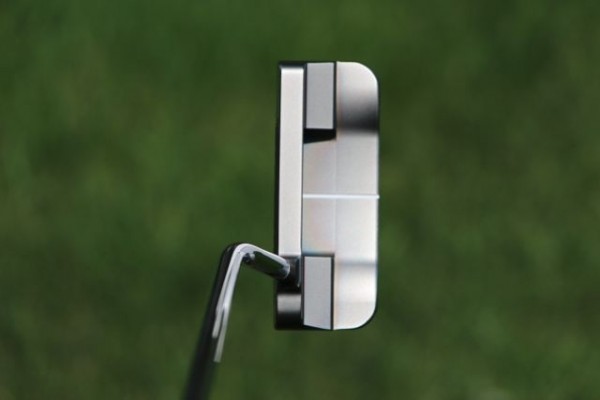




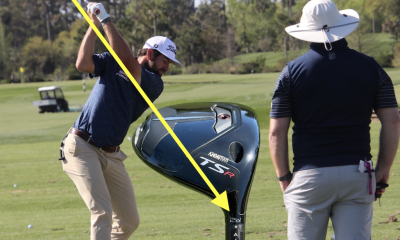

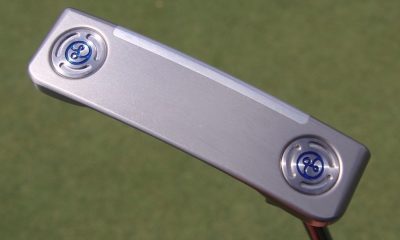



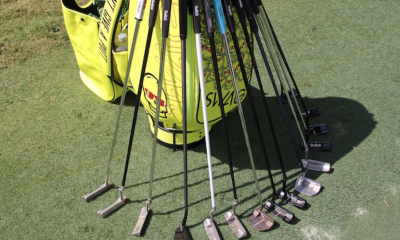

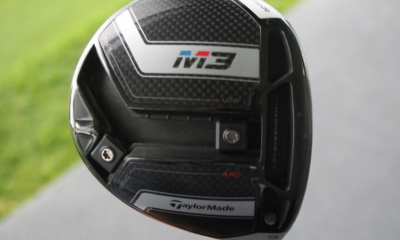

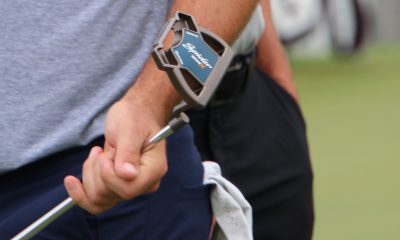















Tim Larson
Jan 16, 2014 at 1:18 pm
Just had my pro tweak my Scotty kombi belly and so far so good. I love the sight line on head as it is my guide for direction. I love the belly style but need to be legal soon. This armlock will help us who have “wristy” tendencies I also like the upright stance as I’ve had lower back surgery. Just grab it and bend a little at a time and good luck!
Brad B
Dec 15, 2013 at 2:05 pm
How does one go about adjusting the loft / lie?
Blaise
Jul 7, 2013 at 10:47 pm
Just picked this putter up in the Arm Lock model. Big betti fan since I live about 10 minutes from his shop. With the added weight to the head and the way this style locks your wrists really helps stabilize the stroke. I now have a hard time missing from 10 feet and in. I don’t think this method will ever be illegal because although it is balanced against your forearm, the butt of the putter doesn’t have a set pivot point like the belly or long style putters.
Steve
Jun 7, 2013 at 10:17 am
This putter is a rip off of the Yes! Donna that Kutchar used in 2012 and at the 2012 Ryder Cup….
KCCO
Jun 9, 2013 at 9:29 am
Just my opinion, but Ill take a Betti over a Yes! Any day of the week, just my opinion…..and i wasnt around to see evolution of blade putter, but i believe everyone stole Karstens work when looking at most blade style putters these days…if I’m wrong correct me, really just a guess….
good artists copy, great artists steal-Picasso
Brad B
Dec 21, 2013 at 8:25 pm
No, it’s not.
First, the Donna was not an arm lock.
Second, the offset with the Kuchar is much more significant.
Third, the Donna is not an arm lock putter.
Fourth, the Donna is hardly “original.”
Richard Kennedy
Jun 5, 2013 at 1:31 pm
Does anyone know how to measure for these putters?
John
Jun 5, 2013 at 5:26 pm
According to the article, Kuchar’s comes two inches below his elbow. If you simply take a twelve inch ruler and slide it between your top hand and the putter with the ruler against your forearm, you can measure how long you would have to extend your current putter. I would go with a shaft extension and new (long) grip first to experiment with it before spending big. The head weight of Kuchar’s model is 400g. If you want to beef yours up to this weight, just add some lead tape to the back.
Justin
Jun 6, 2013 at 1:54 pm
50g of lead tape?
John
Jun 6, 2013 at 4:31 pm
Yes, depending on the type of tape you buy. It’s not going to look pretty but it’s an inexpensive experiment to see how it feels.
anthony
Jun 5, 2013 at 12:32 pm
I found this great “How-To” video for the ‘Kuchar Grip & Stroke’ on a golf site.
It’s demonstrated by Ernie Rose, Director of Instruction at Windsong Farm Golf Club.
Does anyone else out there have any good demo videos for the Kuchar grip?
david
May 17, 2018 at 11:40 am
video not available
Brent
Jun 5, 2013 at 7:32 am
When will these arm lock putters be available for lefties?
Brian
Jun 5, 2013 at 2:17 am
I think the USGA’s goal is to ban the anchoring of the “butt-end” of the putter, not the shaft. This style will still be legal.
This is obviously working well for Kuchar but I would think most golfers would have a tendency to cut across the putt using this style. Seems like it would be difficult to consistently stroke it down the line. Just my 2-cents.
Curt
Jun 5, 2013 at 10:03 am
Your right arm would have more of a tendency to cut across than your left arm given the connection points to the body.
Alan
Jun 4, 2013 at 10:02 pm
Very cool article. I wish there was some sort of 5 minute video that showed Bob and Kuch when they started out with this idea and how it evolved over time. Obviously the Arm Lock works, 2 tour wins in 2013 is nothing to joke about.
shawn
Jun 4, 2013 at 9:12 pm
These will be illegal by 2017… It is still anchoring!
CoryKorea
Jun 4, 2013 at 9:54 pm
USGA/R&A specifically sited that arm-locking will not be illegal. I think every major company will have an arm-lock putter out by next season.
Ryan
Dec 4, 2013 at 5:59 pm
I agree every company will be releasing putters this style ASAP